The Power of Collective Giving: How Indian Americans Can Drive Large-Scale Social Change
Philanthropy is often the most logical modality to become an agent of social and environmental change.
 Representative Image. / Pexels
Representative Image. / Pexels
When faced with vexing social and environmental problems, such as extreme poverty and advancing climate change, it is easy, as an individual, to feel helpless and hopeless. Fully understanding, much less solving, problems that impact one’s entire community, nation, or world seems like a daunting task.
One is tempted to figuratively bury one's head in the sand, and perhaps to hope that some government, company, or super-rich person with far more resources than we have steps up to address these issues.
Yet history is replete with examples of small groups of individuals taking a stand and setting in motion wide scale change. One of my favorite examples is a gay couple in Minneapolis that tried to get married in 1970 and was refused. In response, they started a long campaign to achieve marriage equality.
Twenty years later, when three other same-sex couples tried to get marriage licenses, no gay rights organization would take up their cause, which they believed was unwinnable. But in 2015, gay marriage became a constitutional right in the United States due to a landmark Supreme Court decision influenced by changes in public opinion.
To take another example, a series of steps taken in the early 1990s by Indian political leaders set in motion economic growth that by the early 2020s turned the nation into the world's fifth largest economy—and one that is on course to become the third largest by 2030. This economic dynamism led to a massive reduction of poverty, even though pockets of it remain in India today.
Profound societal changes rarely happen quickly. But they do occur, if given time. They are usually catalyzed by a small number of people taking a stand and encouraging other people to join them. The magic behind this process was famously expressed by the anthropologist Margaret Mead, who said, "Never doubt that a small group of thoughtful committed individuals can change the world. In fact, it's the only thing that ever has."
The choice to replace helplessness with an agency is open to all of us. Philanthropy is often the most logical modality to become an agent of social and environmental change.
Here's yet another example. Indian-Americans woke up to their potential in the political realm about ten years ago, in large part due to the early leadership of Deepak Raj and Raj Goyale in creating the nonprofit organization Indian-American Impact. Within a decade, Indian-Americans went from have no federal elected representatives to having six respected members of the House of Representatives as well as a Senator who became Vice-President. If Raj and Goyale hadn't stepped up, there might still be no Indian-American representation in Congress.
Indian-Americans are the sleeping giant of American philanthropy, and they are starting to wake up. The implications are of this awakening could be profound for remaining social and ecological problems that need solving in India, the United States, and beyond. According to an important survey by Dalberg and Indiaspora in 2018, Indian-Americans already volunteer their time at nearly double the rate Americans typically do.
Furthermore, if their financial donations matched the national average for their income levels, it would generate another $2 billion in contributions to charities in India and the United States. That would be the equivalent of adding another Gates Foundation to the philanthropic landscape.
At the meeting where the Dalberg/Indiaspora study was announced, business and philanthropy leader Sunil Wadhwani challenged Indian-Americans to triple their donations to all causes within a decade. One of the results of his challenge was the creation of India Giving Day, an annual occasion for celebrating and advancing American philanthropy to India that began in 2023.
A theme of India Giving Day 2025, which takes place on March 14 and is organized by the India Philanthropy Alliance (IPA), is to challenge each Indian-American family to donate just $100 on or around that date, which would effectively double the total annual contributions to the 36 leading nonprofits participating in the campaign. An astonishing $125 million would be generated. This is something that nearly every Indian-American family can do—and some can do much more.
These funds would be used in highly impactful ways. As someone who has worked in international development across five continents for close to 40 years, I can say without a doubt that Indian nonprofits are some of the most effective, innovative, and efficient in the world. In fact, India is sometimes called the Silicon Valley of social entrepreneurship. One reason for their effectiveness is that many Indian charities have perfected the art of developing social impact prototypes and then partnering with state and local governments to bring them to scale, a process that was described in an article I co-authored a few years ago.
As we approach India Giving Day 2025, I encourage every member of the vibrant Indian-American community to consider taking four steps that would collectively do a world of good.
First, make a contribution of $100 or more sometime between March 1 and 14 to one of the 36 organizations that we have vetted and listed on the India Giving Day website.
Second, share with others why and how you made that donation, including through social media if you have a presence there. Use the #ActForImpact hashtag.
Third, organize or attend an event observing India Giving Day at some point in March. It can be as simple as holding a dinner with a few friends with each person sharing their experiences, learnings, and future plans related to philanthropy. Be sure to take some photos and send them to us!
And finally, take a moment to fill out this new survey of Indian-Americans about your giving that Dalberg, Indiaspora and IPA have developed to see how far the community has come since 2018.
Alex Counts is the Executive Director of the India Philanthropy Alliance, the author of four books (including his acclaimed midlife memoir Changing the World Without Losing Your Mind), and an adjunct professor at the Johns Hopkins University’s School of Advanced International Studies. Previously, he established Grameen Foundation in 1997 and served as its CEO for 18 years.
(The views and opinions expressed in this article are those of the author and do not necessarily reflect the official policy or position of New India Abroad.)
ADVERTISEMENT
ADVERTISEMENT
E Paper
Video



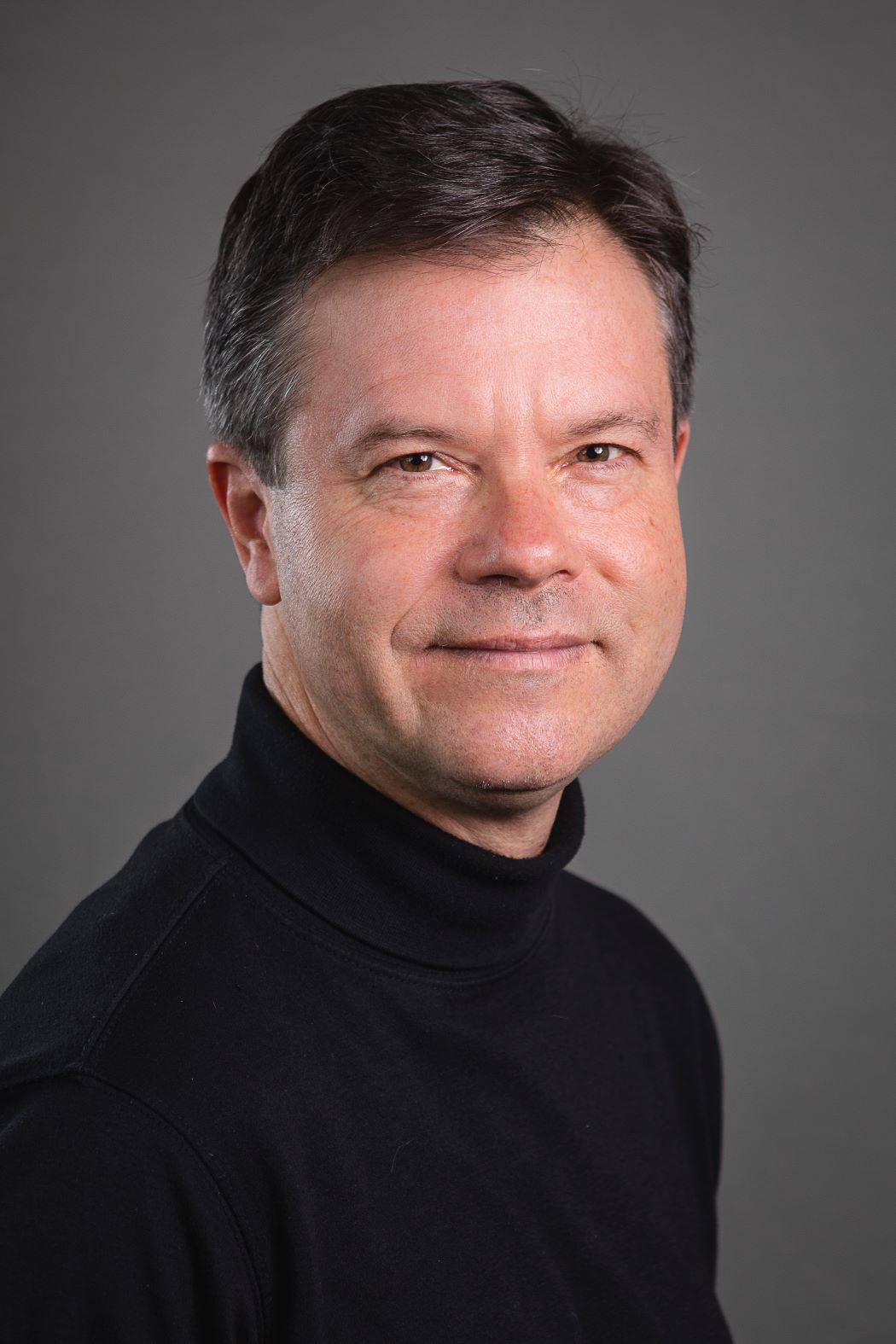 Alex Counts
Alex Counts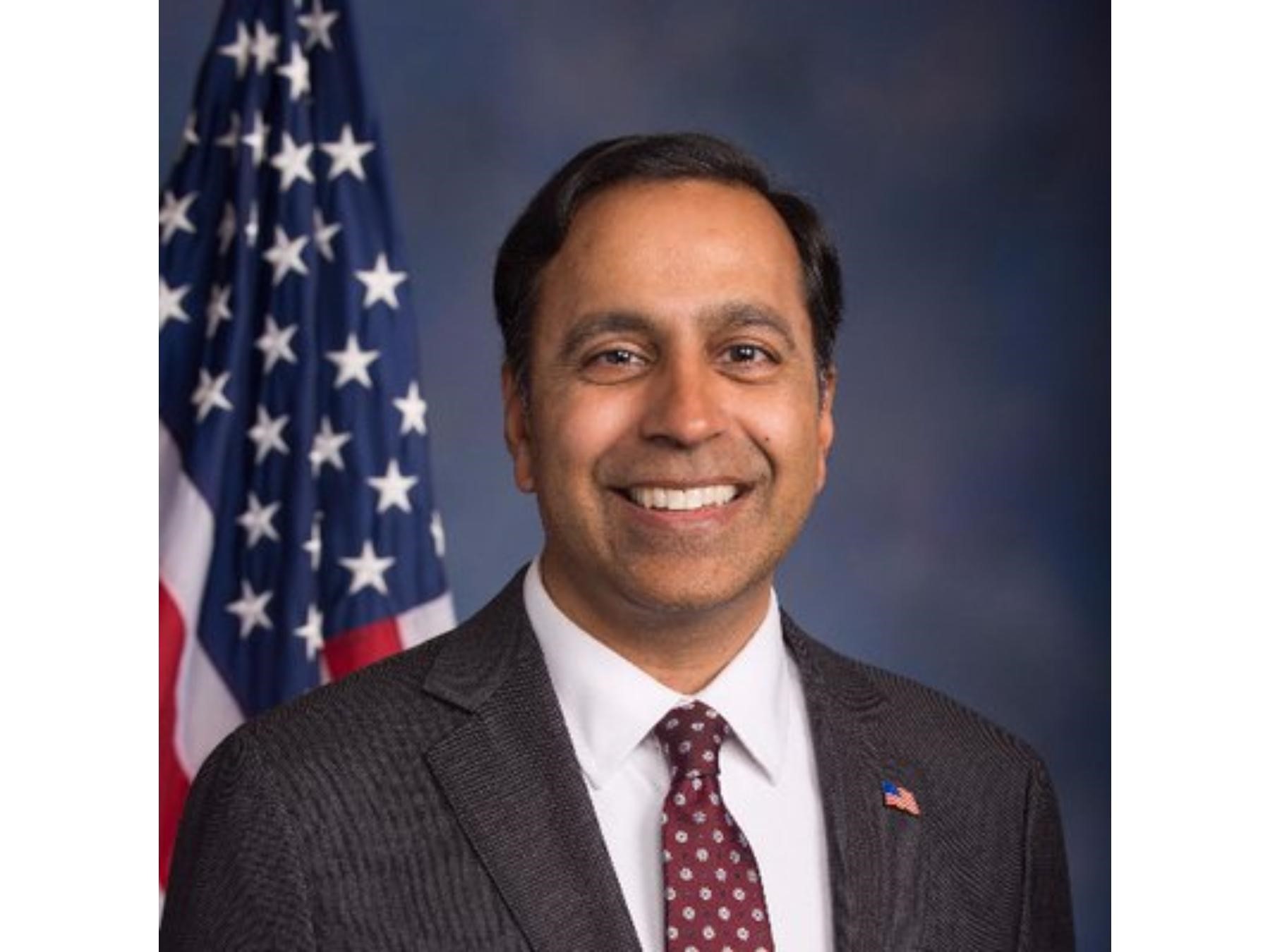
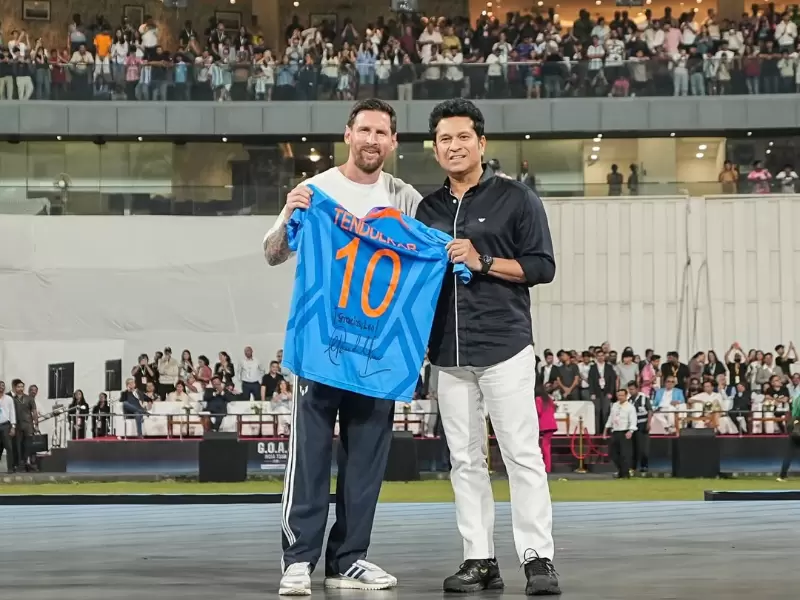



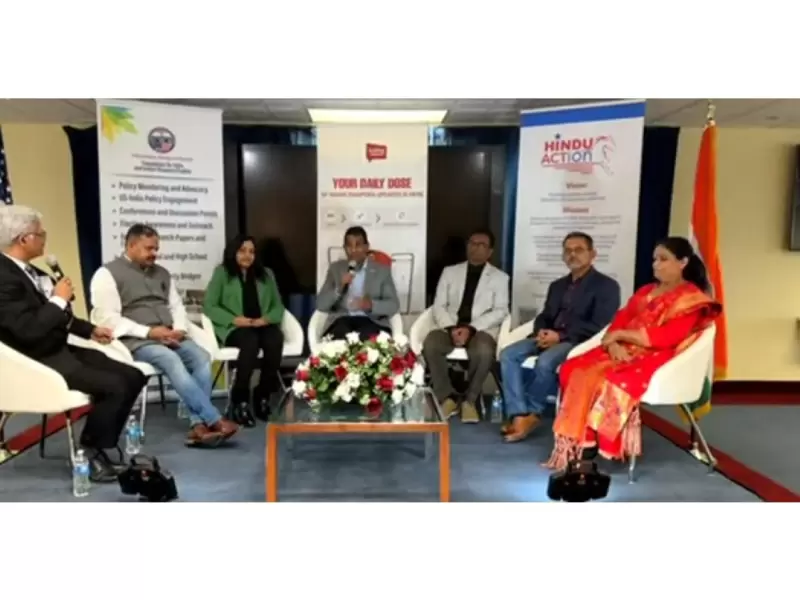

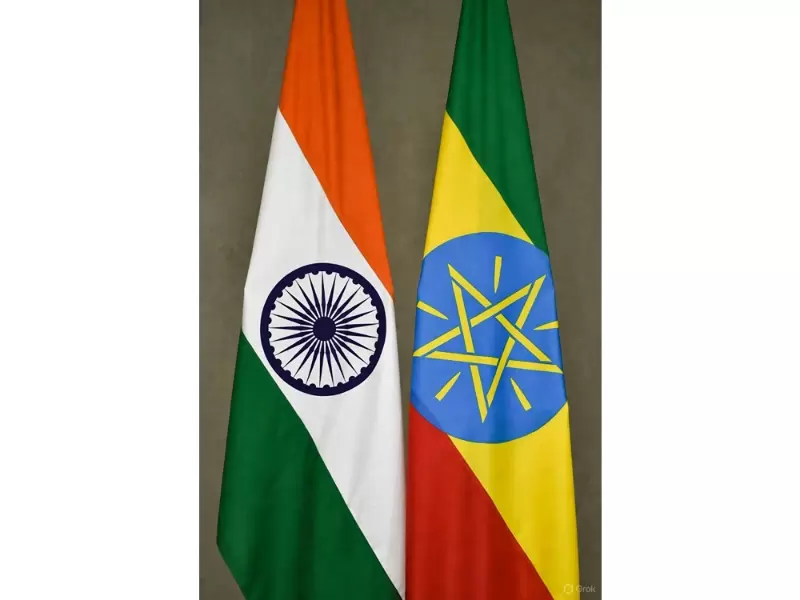


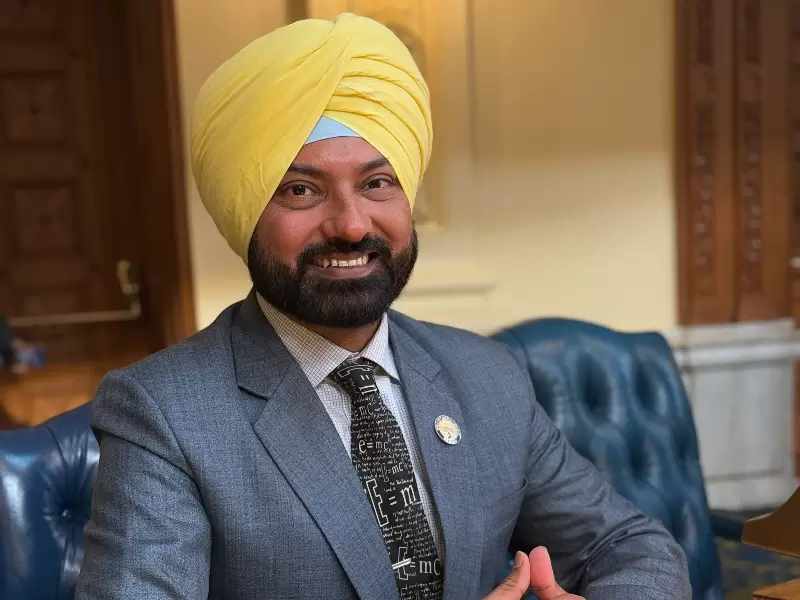


Comments
Start the conversation
Become a member of New India Abroad to start commenting.
Sign Up Now
Already have an account? Login